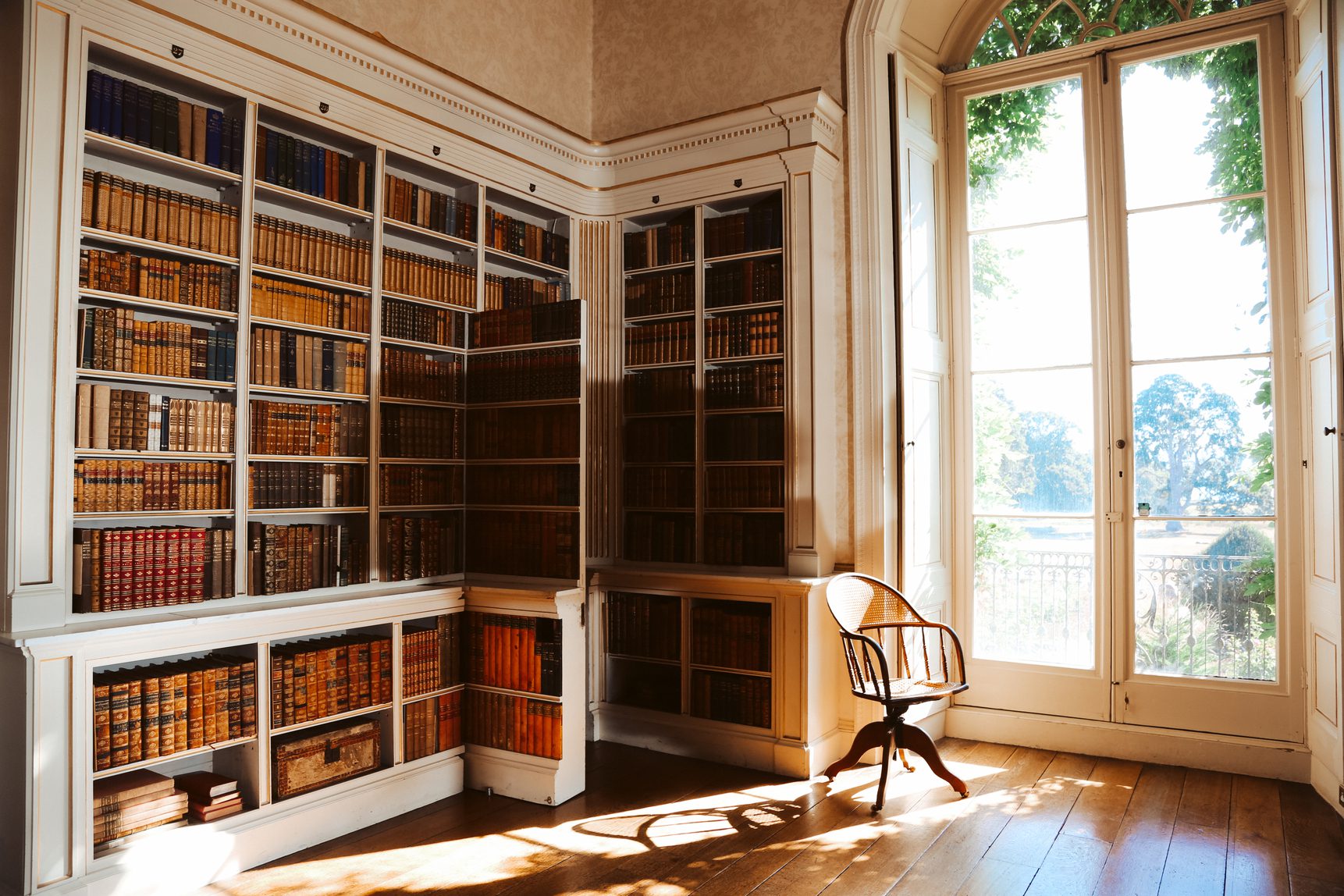As writers, we understand the profound impact our surroundings can have on our creative process. How to create the perfect writing space is an important concern. A well-crafted writing space is not merely a desk and a chair; it’s a sanctuary that nurtures inspiration, focus, and productivity. Let’s explore the essential elements that can elevate your creative environment.
1. The Right Desk
The cornerstone of your writing space is undoubtedly your desk. It’s the stage upon which your stories unfold and your ideas take shape. When selecting a desk, consider both form and function. Opt for a design that resonates with your personal aesthetic – whether it’s a rustic wooden table, a sleek minimalist desk, or a vintage find. More importantly, ensure it offers ample surface space to accommodate your tools of the trade: a laptop or computer, notebooks, and any reference materials. Mine is contemporary and white.
2. Standing Desk for the Win
Sitting for prolonged periods can be detrimental to your health and creativity. Enter the standing desk, my own personal game-changer that I recommend to other writers seeking an ergonomic and invigorating workspace. Not only does a standing desk alleviate the physical strain of sitting all day, but it also encourages movement and improved circulation. Consider an adjustable standing desk that allows you to switch between sitting and standing throughout your writing sessions. This dynamic workspace promotes energy and vitality, helping you stay focused and engaged in your craft. I love mine.
3. Harness the Power of Natural Light
Natural light is a writer’s secret weapon. It invigorates the senses and connects you to the outside world, providing a wellspring of inspiration. Position your desk near a window to capture the soft, diffused light of the morning sun or the golden hues of the afternoon. If possible, avoid harsh, artificial lighting that can strain your eyes and create an uninspiring atmosphere. When the sun dips below the horizon, rely on warm, ambient lighting that complements the soothing quality of natural light.
For further reading on harnessing different kinds of light throughout the day, I recommend checking out the research of Stanford Professor Andrew Huberman here.
4. Organization
How to create a perfect writing space necessarily involves some organisation. A cluttered desk can lead to a cluttered mind, hindering your ability to concentrate and create. Embrace the art of organization to cultivate an environment of focus and clarity. Invest in desk organizers, shelves, or drawers to keep your writing tools tidy and within arm’s reach. Create a designated spot for each item, from pens and notepads to reference books and chargers. When your space is organized, your mind can roam freely, unrestricted by the chaos of disarray.
5. Personal Touches
Your writing space should reflect your unique personality and creative spirit. Infuse it with personal touches that inspire you. Hang artwork or photographs that resonate with your writing themes or aspirations. Place a vase of fresh flowers on your desk to bring a touch of nature indoors. Incorporate items that hold sentimental value, whether it’s a family heirloom, a cherished book, or a favourite quote. These personal touches will infuse your space with a sense of comfort and motivation.
In crafting your perfect writing sanctuary, remember that it’s a dynamic process. As you evolve as a writer, your space may evolve with you. Be open to experimenting with different layouts, colours, and furniture arrangements until you find the combination that fuels your creativity and productivity.
So, take a deep breath, clear your clutter, and let your creativity flow.
